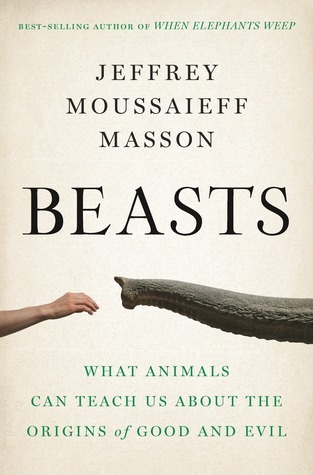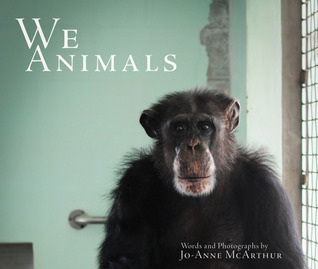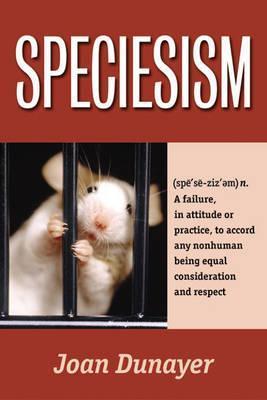
Animal Rights: A Very Short Introduction
Book Description
Imagine a world where the voices of the voiceless fight to be heard. "Animal Rights: A Very Short Introduction" plunges into the heart of a heated ethical battle, exploring the profound questions of our responsibility toward other sentient beings. With gripping insights and powerful arguments, it challenges prevailing norms and invites readers to confront the moral dilemmas surrounding animal welfare, exploitation, and rights. Each chapter ignites a new spark of awareness, illuminating the urgent complexities of this cause. As society evolves, will we embrace a new conscience for all living creatures, or will we turn a blind eye?
Quick Book Summary
"Animal Rights: A Very Short Introduction" by David DeGrazia unpacks the ethical, philosophical, and practical dimensions of our interactions with animals. The book provides a clear yet probing overview of how different societies view animal welfare and rights, the evolution of ethical theories concerning animals, and the pivotal moral questions about exploitation and care. DeGrazia explores various arguments on animal consciousness, sentience, and moral status, urging readers to reflect critically on their own beliefs and practices. Blending case studies, historical context, and recent scientific findings, the book challenges readers to question entrenched traditions and explore what a just coexistence with nonhuman animals could look like. DeGrazia neither oversimplifies the issues nor shies away from their complexity, making the work a valuable resource for anyone engaging with the ongoing debate about animal rights.
Summary of Key Ideas
Table of Contents
Philosophical Foundations of Animal Rights
David DeGrazia begins by outlining the central philosophical question: What is the moral status of animals? He introduces the concept of animal sentience—the ability to experience pleasure and pain—and examines how ancient and modern philosophies have approached animal ethics. The book provides succinct introductions to utilitarianism, which evaluates actions based on consequences for all sentient beings, and the rights-based perspective, which asserts that animals possess inherent value irrespective of their utility to humans.
The Moral Status and Sentience of Animals
DeGrazia then delves into the debate over animal consciousness and the scientific evidence for animal minds. He explores how advancements in biology and neuroscience support the view that many animals are capable of suffering and flourishing. This section also covers the spectrum of animal experiences, challenging anthropocentric views and emphasizing that individual capacities, rather than just species membership, are morally relevant. These insights form the basis for re-evaluating widely accepted human practices.
Human Exploitation and Use of Animals
Attention shifts to the various ways humans use and exploit animals, from factory farming and animal testing to entertainment and companionship. DeGrazia critically analyzes standard justifications for these practices and questions their ethical legitimacy in light of animal sentience. He raises the difficult but vital issue of where to draw ethical lines and how traditions and economic arguments intersect with moral reasoning about animals.
Legal and Social Progress in Animal Protection
Building on the ethical foundation, DeGrazia discusses the history and progress of animal protection laws, highlighting both successes and limitations. He considers the role of activism, scientific advancement, and public policy in shaping attitudes and legislation. This section also touches on global differences in animal protection and the ongoing struggle for meaningful change, illustrating how legal reforms often lag behind moral arguments.
Balancing Practicality and Ethical Ideals
Concluding, DeGrazia addresses the practical challenges and future of animal rights. He reflects on how personal habits, cultural factors, and economic pressures shape our treatment of animals, emphasizing both the need for collective action and individual responsibility. The final discussion underscores the difficulty but necessity of making ethically informed choices, balancing moral ideals with everyday realities, and striving toward a more just coexistence with animals.
Download This Summary
Get a free PDF of this summary instantly — no email required.





